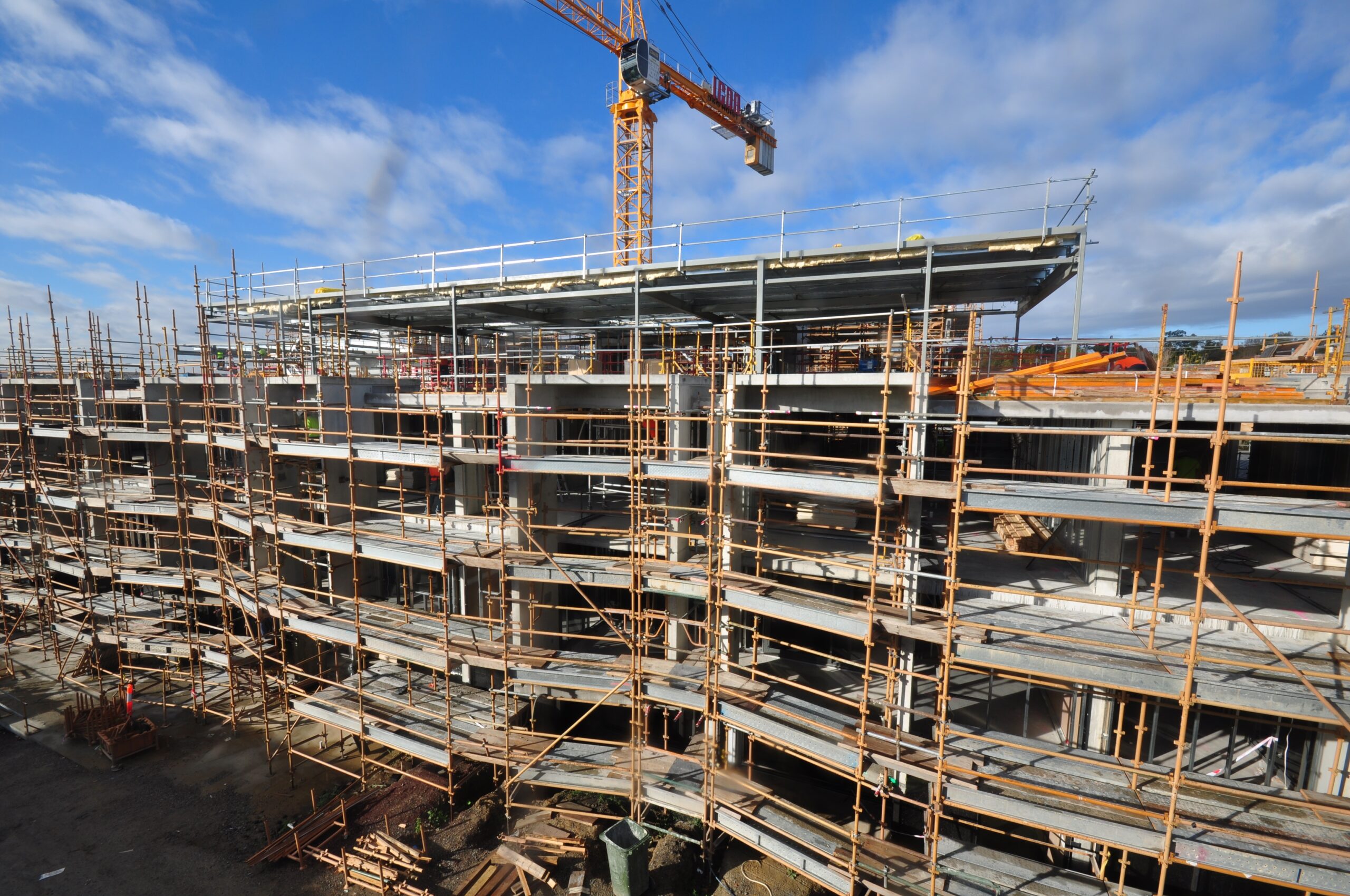I’ve used my lab for years. Many have heard me say how this lab has saved me so much time over the years…it’s paid for itself several times 🙂
Often times I need to test a migration or other configuration for a client (or just test some new software). This lab is made up of a single server (desktop case) here’s the basic specs (it’s all on the cheap):
- Gigabit motherboard – GA-x99-ud4
- 32GB RAM
- 1 Samsung 500GB SSD (OS/Boot)
- 4 x Samsung 500GB SSD (guest VMs)
- 2 x Intel NICs (1 host/1 VMs)
- OS – Windows Server 2016 – Nano

After many rebuilds over the years between running full installs of Windows 2012 and Windows Hyper-V Server , I’ve finally settled on installing all host OSs to boot from VHD. This makes sure the drive letters stay consistent across the OSs (I previously would dual boot between Windows Server 2012 direct on the boot disk and a boot from VHD Windows Hyper-V Server).
With the host done I built a VM to run as a Remote Desktop Gateway. I use the “Quick Session Collection”. To gain access remotely I use a free (yes free) cert from StartSSL.com. All you need is a registered domain and you can get a free cert (you need to validate that you own the domain via confirmation email). So let’s say you own newton.com (I wish I did Apple…’cause you’re not using it right now). You can then request a server cert for remote.newton.com and install that on your internal RD Gateway. Then you’ll need to add a host name in the newton.com zone that points to the public IP of your home router…and you should be good to go. Many ISPs today will not keep your IP the same overtime and so you’ll need to update the A record you created. For that I use a free service from DNSExit. Just transfer your DNS zone and you can use client software that will monitor the external IP and update it as needed.
A couple of other notes…. I now only publish the “Server Manager” app and then launch Hyper-V Manger from there (it’s good to keep things simple)…in previous builds I would publish all the management tools separately.
Windows Server 2016 has changed things up for Hyper-V – one of which is the configuration files. I was running the Tech Preview 5 for quite awhile and then earlier this week decided to move to the RTM build and plan to use a script my good friend @foxdeploy wrote that would simply export the XML files for each VM. I then would take those files to import back to Hyper-V (the VHDs are not changing location)…but this didn’t work with Windows Server 2016 which now uses VMCX files. So I decided to create my own script to export the VM configs to a file and then re-import.
[code language=”powershell”]
function Export-VMs {
[CmdletBinding()]
param(
[Parameter(Position=0)][string]$VMHost,
[Parameter()][string]$Output = "vm-export-cfg.csv")
$vms = get-vm -ComputerName $VMHost
foreach($vm in $vms){
$properties =[ordered] @{‘VMName’=$vm.name;
‘VMDisk1’= Get-VMHardDiskDrive -ComputerName $VMHost -VMName $vm.name|select -ExpandProperty path -first 1;
‘VMDisk2’= Get-VMHardDiskDrive -ComputerName $VMHost -VMName $vm.name|select -ExpandProperty path -last 1;
‘VMSwitch1’=Get-VMNetworkAdapter -ComputerName $VMHost -VMName $vm.name|select -ExpandProperty Switchname -first 1;
‘VMSwitch2’=Get-VMNetworkAdapter -ComputerName $VMHost -VMName $vm.name|select -ExpandProperty Switchname -last 1;
‘VMDynRAM’ = Get-VMMemory -ComputerName $VMHost -VMName $vm.name|select -ExpandProperty DynamicMemoryEnabled;
‘VMRAMMin’ = Get-VMMemory -ComputerName $VMHost -VMName $vm.name|select -ExpandProperty Minimum;
‘VMRAMStartup’ = Get-VMMemory -ComputerName $VMHost -VMName $vm.name|select -ExpandProperty Startup;
‘VMRAMMax’ = Get-VMMemory -ComputerName $VMHost -VMName $vm.name|select -ExpandProperty Maximum;
‘VMGen’ = $vm.Generation}
$object = New-Object –TypeName PSObject –Prop $properties
Write-Output $object|export-csv $output -NoTypeInformation -Append
}#end foreach $vm
}#end function
function Import-VMs {
[CmdletBinding()]
param(
[Parameter(Position=0)][string]$VMHost,
[Parameter()][string]$input = "vm-export-cfg.csv")
$vmconfigs = import-csv $input
foreach($vm in $vmconfigs){
#create VM
new-vm -ComputerName $VMHost -Name $vm.VMname -MemoryStartupBytes $vm.VMRAMStartup -VHDPath $vm.VMDisk1 -Generation $vm.VMGen -SwitchName $VM.VMSwitch1
#Enable Dynamic Memory
if($vm.VMDynRAM -eq $true){
Get-VM -Computername $VMHost -Name $vm.VMName|Set-VMMemory -DynamicMemoryEnabled $True
}
#add second disk if needed
if($vm.VMDisk1 -ne $vm.VMDisk2){ #need to add second disk
Get-VM -ComputerName $VMHost -Name $vm.VMName|Add-VMHardDiskDrive -Path $vm.VMDisk2
}
#add second Nic if needed
if($vm.VMSwitch1 -ne $vm.VMSwitch2){
Get-VM -ComputerName $VMHost -Name $vm.VMName|Add-VMNetworkAdapter -SwitchName $vm.VMSwitch2
}
}#end foreach $vm
}#end function
[/code]
I take the export file and save it off the host server and then rebuild the server as a new Hyper-V host and then run the import and boom all the VMs are there (man i love PowerShell).
Anyway I hope someone finds this helpful in their lab building. In a future post I’ll cover how a setup my multi-boot configuration and built the fresh new Nano server.
Happy building.

